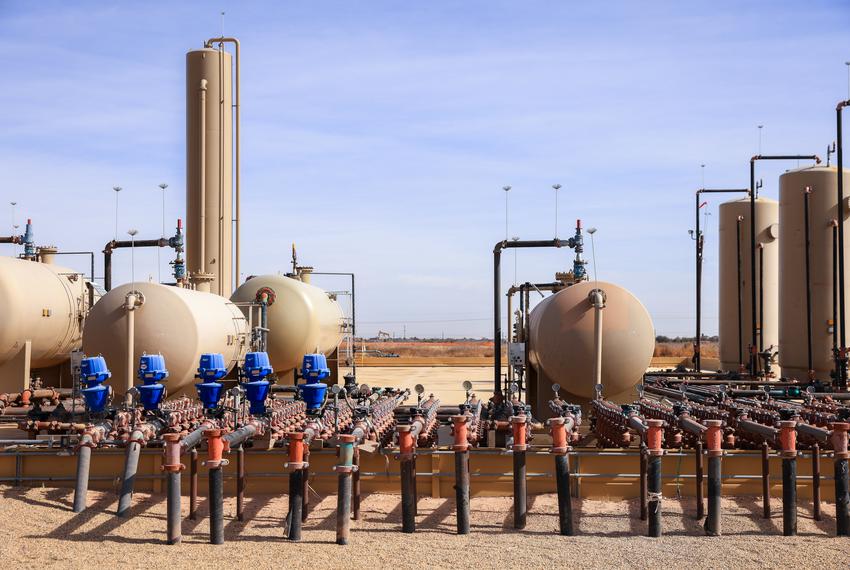During 2021, emissions trading schemes (ETS) around the world saw record-high carbon prices, with the highest seen in the EU and UK. However, GlobalData notes that prices worldwide are still inadequate to reduce emissions in line with the Paris Agreement. The data and analytics company highlights that only 22% of greenhouse gases are explicitly priced and less than 4% are priced at $40/ton — the minimum price considered necessary to meet Paris Agreement targets.
“Increasing carbon costs is a key strategy towards eliminating coal-fired power production. In the UK, for example, carbon pricing helped the country drastically reduce reliance on coal within ten years,” said Miles Weinstein, Energy Transition Analyst at GlobalData. “While prices have been rising steadily in the EU since 2019, Europe and New Zealand remain the only regions with a price over the $40/ton bare minimum. Canada, California and South Korea are approaching that price.”
In 2021, a number of factors came together to drive a steeper increase in carbon prices.
Weinstein said the price of natural gas increased in 2021 driven by a natural gas shortage. “This caused a number of power producers to switch to coal, meaning they emitted more CO2 and thus drove demand for emission allowances. Further, the increased ambition of decarbonization policies played a key role, with the EU proposing stricter ETS measures in July 2021, and market speculation in the EU ETS also increased the price.”
In the US, a methane fee was proposed, which—if passed—will take effect in 2023. This would increase methane prices from $900/ton to $1500/ton in 2025. On a CO2-equivalent basis, this is a rise from $36/ton to $60/ton, respectively.
“Not only would this be the first tax on greenhouse gas emissions anywhere in the US, and the first ‘carbon’ price at a national level, but the final price is within the range needed to meet Paris Agreement targets,” Weinstein said.
Globally, 31 jurisdictions worldwide have an ETS, and 35 have a carbon tax. The importance of carbon pricing can be evidenced by the use of internal carbon pricing by over 850 companies worldwide for a variety of purposes, from investment planning to company-level emission reduction goals. At least seven oil and gas majors use internal carbon prices, ranging from $25/ton today to $100/ton by 2030.



